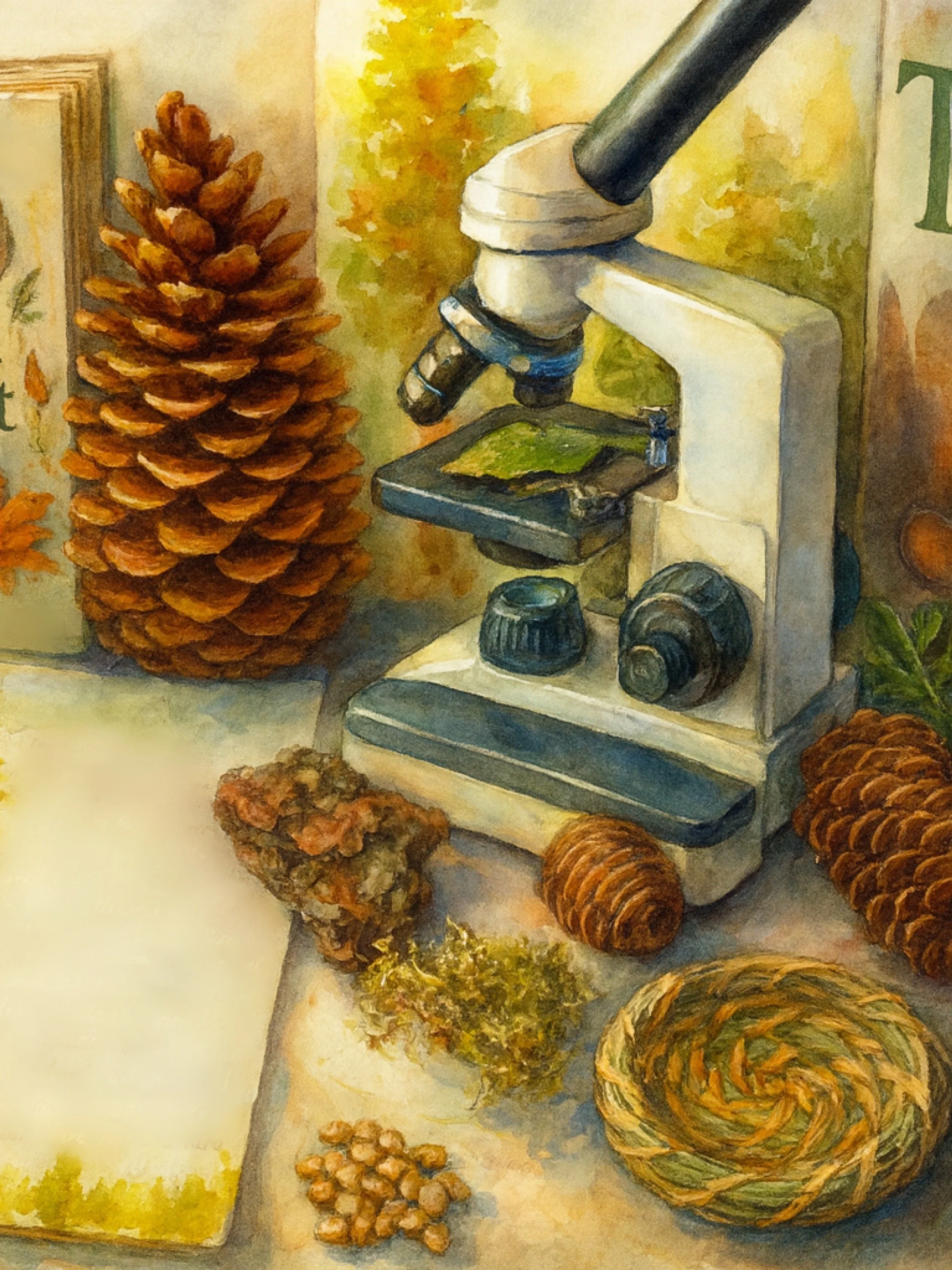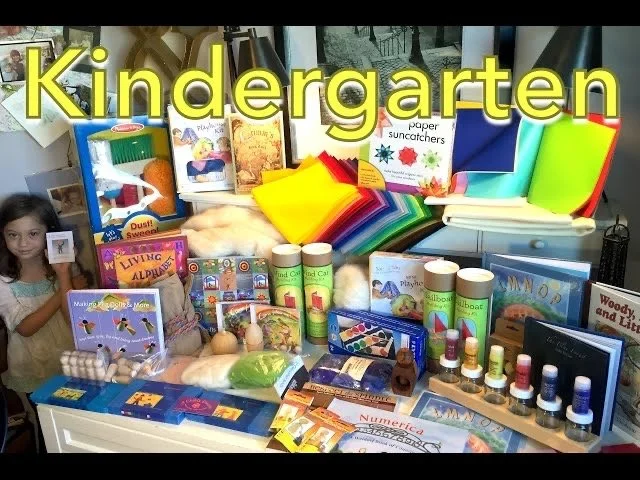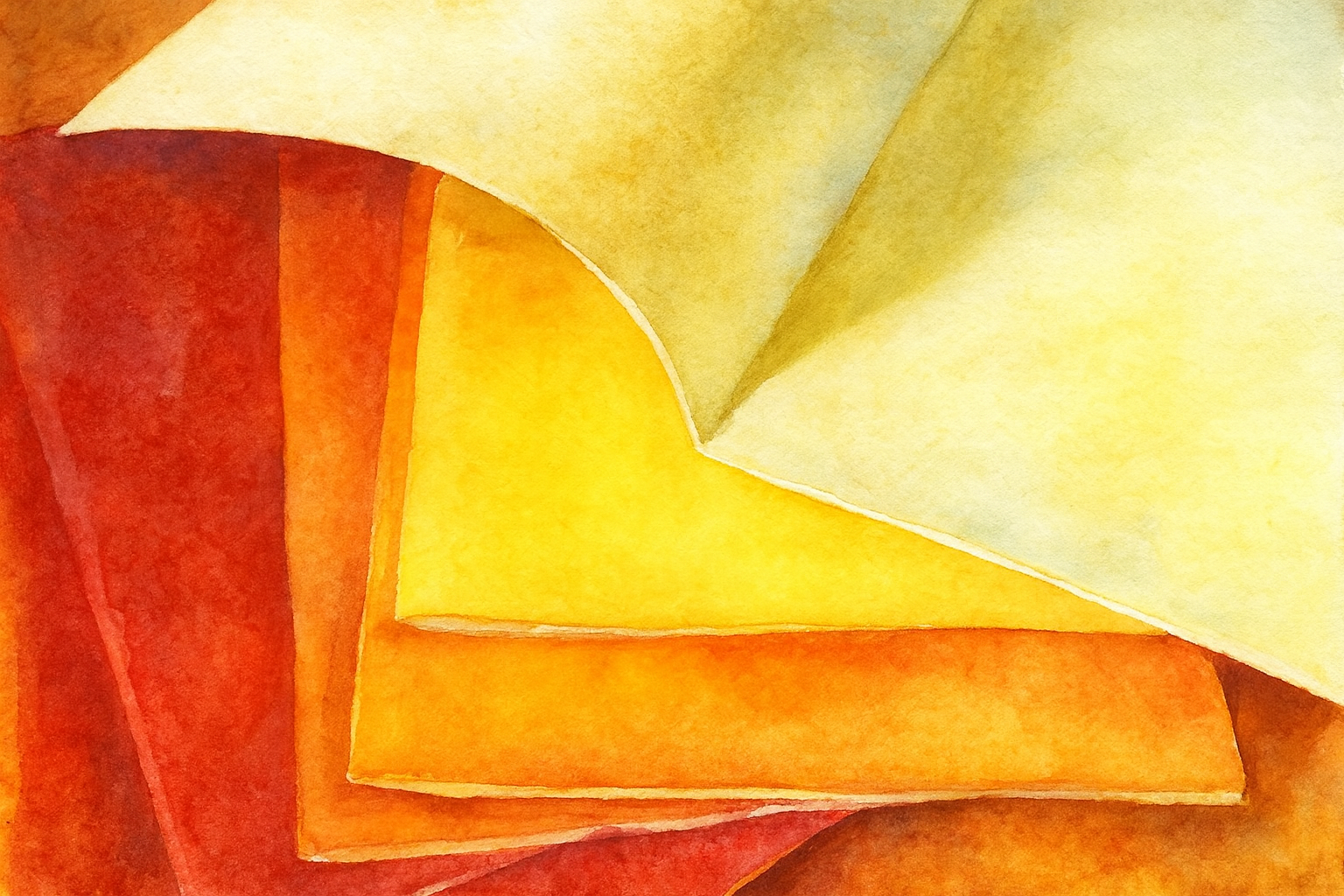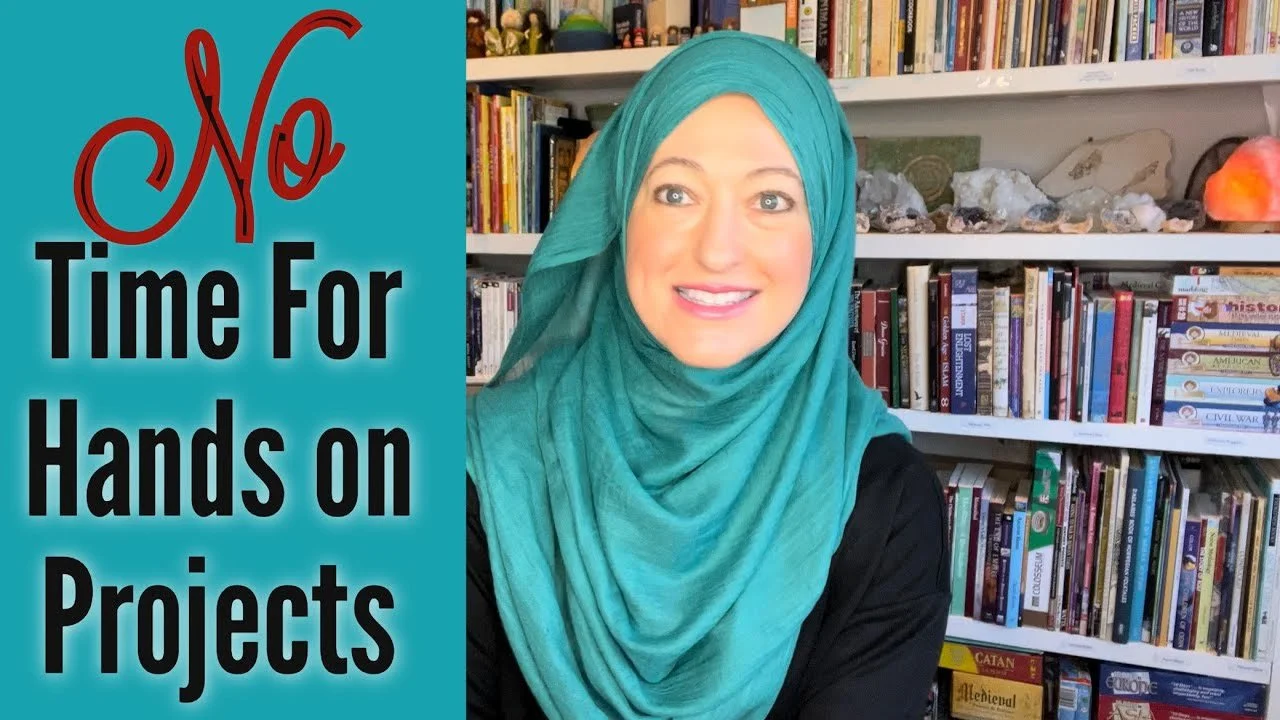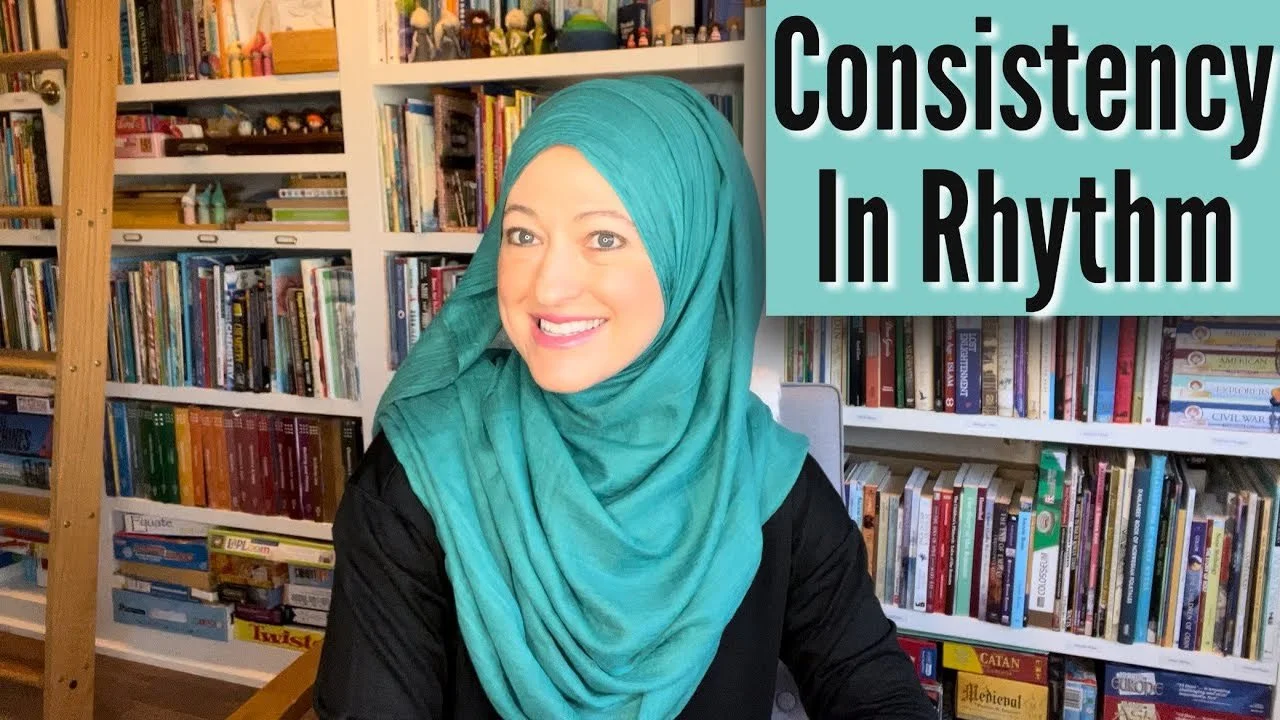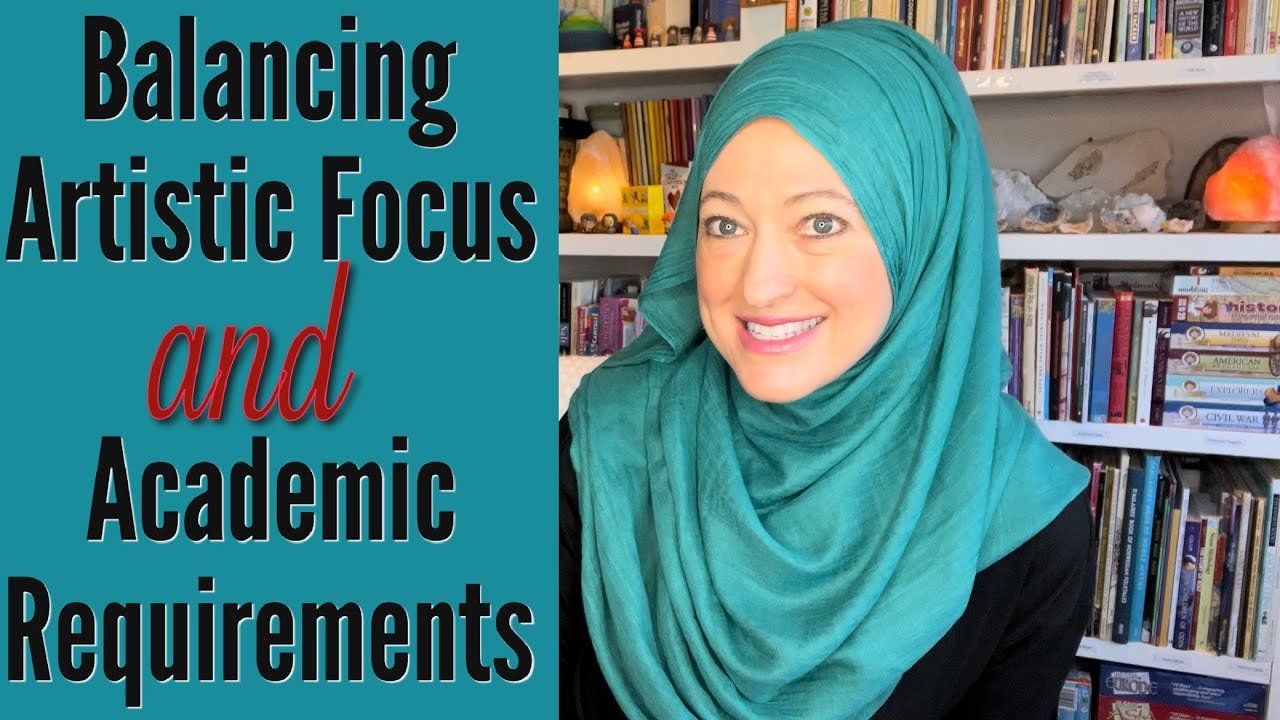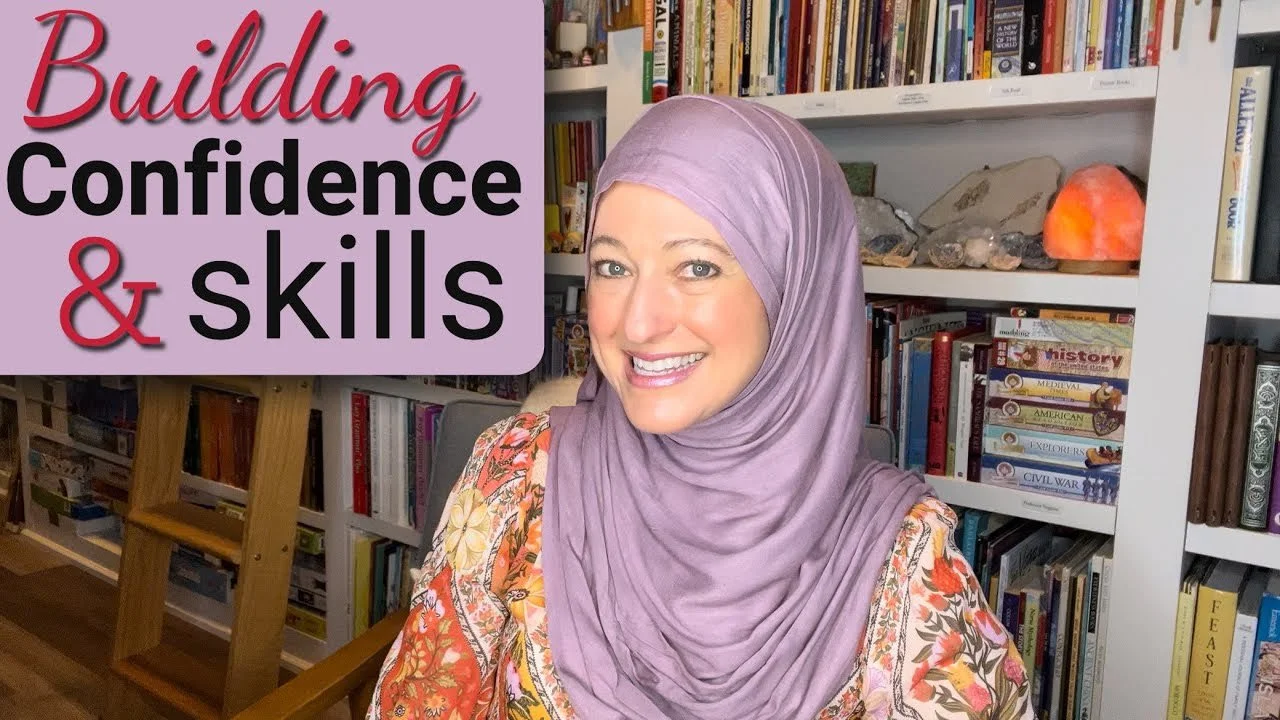
Waldorf Art & Materials

Bird Unit Study
Science
The Waldorf Way
In the Waldorf approach, science is introduced gradually, experientially and artistically beginning in Kindergarten. Starting in Grade 1, students build a relationship to the science through nature stories, seasonal rhythms, and hands-on experiences like gardening and farming. The aim is to cultivate wonder and reverence for the natural world.
One of my favorite blocks in all of Waldorf education is the Man and Animal block of Zoology in Grade 4. The first lesson in this science block introduces the human being as a central, upright, conscious being distinct from the animal kingdom. The illustration is simple yet profound. Two arms, two legs, a trunk and a head make up the human form. We see that our legs are used to carry our bodies, our trunk houses are organs and our head houses are brain. But our arms are left free. Unlike other animals, the human being is able to use their arms to do good, to give charity and to better the world around them. This profound spiritual lesson is the most descriptive definition of the human being and enlightened human experience.
In Grades 5, students explore botany always beginning with the whole before moving to the parts. This means that the first lesson in botany is of the complete plant including roots, stem, leaves and reproductive organs and fruit. Following the first lesson, the plant kingdom is explored by looking at the evolution of plants from simple to complex beginning with algae and fungi, moving into horsetail and ferns, then cone bearing trees before finally arriving at flowering fruit bearing plants.
The Botany main lesson block also reflects beauty, harmony, and perfection as students learn about the plant kingdom. As students arrive at bulbs and lilies towards the end of their body made less block, they will once again see how it connects with their geometry studies. Sixth division of the circle is seen in in botany. Other mathematical constants like the Fibonacci sequence or the golden ratio are also highlighted in Botany.
Whereas the Grade 5 curriculum was heavy in history, the Grade 6 curriculum is heavy in the sciences. Botany was the transition science in Grade 5 that bridged the natural sciences to the hard sciences. The students had experienced so far to a gentle awakening of the more structured sciences that were to come. Students will now experience mineralogy, astronomy, and physics, which will reflect the ordered experiences they’ve had in geometry so far and move forward with a deepening understanding of the natural world around them.
Physics is introduced in Grade 6 with optics, thermodynamics, and acoustics, but continues in Grade 7 with electricity and magnetism and in Grade 8 with mechanics. Lessons continue to follow a 2- or 3-day rhythm with demonstrations of the physical phenomenon occurring on the first day but a review and a deepening of the lesson occurs on the second day.
While lessons in anatomy are best followed by lessons and chemistry in Grade 8, lessons in hygiene are introduced in Grade 7 and maybe be introduced in Grade 6 as well. These are important lessons on physiology and nutrition that can help guide the maturing student to make sound decisions for themselves moving forward.
In some schools, chemistry is introduced in Grade 7. Lessons begin with combustion as students observed the transformative power that fire has on matter. The study of metals, acids and bases follow. Reactions and change are observed in chemistry, just as in the students own life.
Physics continues with more complex lessons on thermal dynamics, magnetism, and electricity. Students experience physical law through experiment not through abstraction. They observe the laws of electricity and magnetism through phenomenon observation and demonstration.
Often an astronomy block is covered in Grade 6, but it may be introduced in Grade 7 as well. Astronomy is the geometry of the sky. And having lessons in geometry, prior to astronomy, will help deepen the understanding of Kepler’s three laws of motion.
In Grade 8 physics, students build on their lessons electricity and magnetism from Grade 7 while being introduced to mechanics through experiments, demonstrations and observation of the natural phenomenon. Students are not memorizing scientific facts, but rather are discovering truths through experience and through the natural phenomenon that unfolds through demonstration. The emphasis is on balance, polarity, and transformation; themes that are repeated throughout the curriculum that may the students development.
Chemistry in Grade 8 continues with a study of acids, bases, salts and combustion. Many of these lessons are linked to the industrial revolution once again, providing cohesion between the main lesson blocks. Demonstrations are also performed in chemistry in the same way that they are performed in physics. The phenomenon is observed on the first day of the lesson and the apparatus is immediately put away. The following day, students revisit the demonstration before writing a detailed description in their lab book. One or two official lab reports may be included in the main lesson book, but lab reports are reserved for the high school experience in chemistry and the other sciences.
Whereas the students may have had physiology and nutrition in the previous years, this will be the first year of human anatomy. It’s recommended that the human anatomy main lesson block follows the chemistry main lesson block.
In addition to following the Waldorf pedagogy, we included the Charlotte Mason philosophy as well as other educational philosophies. The inclusion of other educational philosophies showed itself in all subject areas, but in science, it appeared as unit studies. Below you’ll find several several unit studies mixed in with our Waldorf Main Lesson Blocks.
Waldorf Materials
-
Kindergarten Curriculum Haul | Waldorf
I think the first thing that striking about the KG curriculum in the Waldorf philosophy is the absence of any 'academic' work. There are no workbooks, textbooks or even read aloud books. Instead the curriculum is filled with stories to tell, songs to sing, music to listen to, crafts to do, and toys to play with.
-
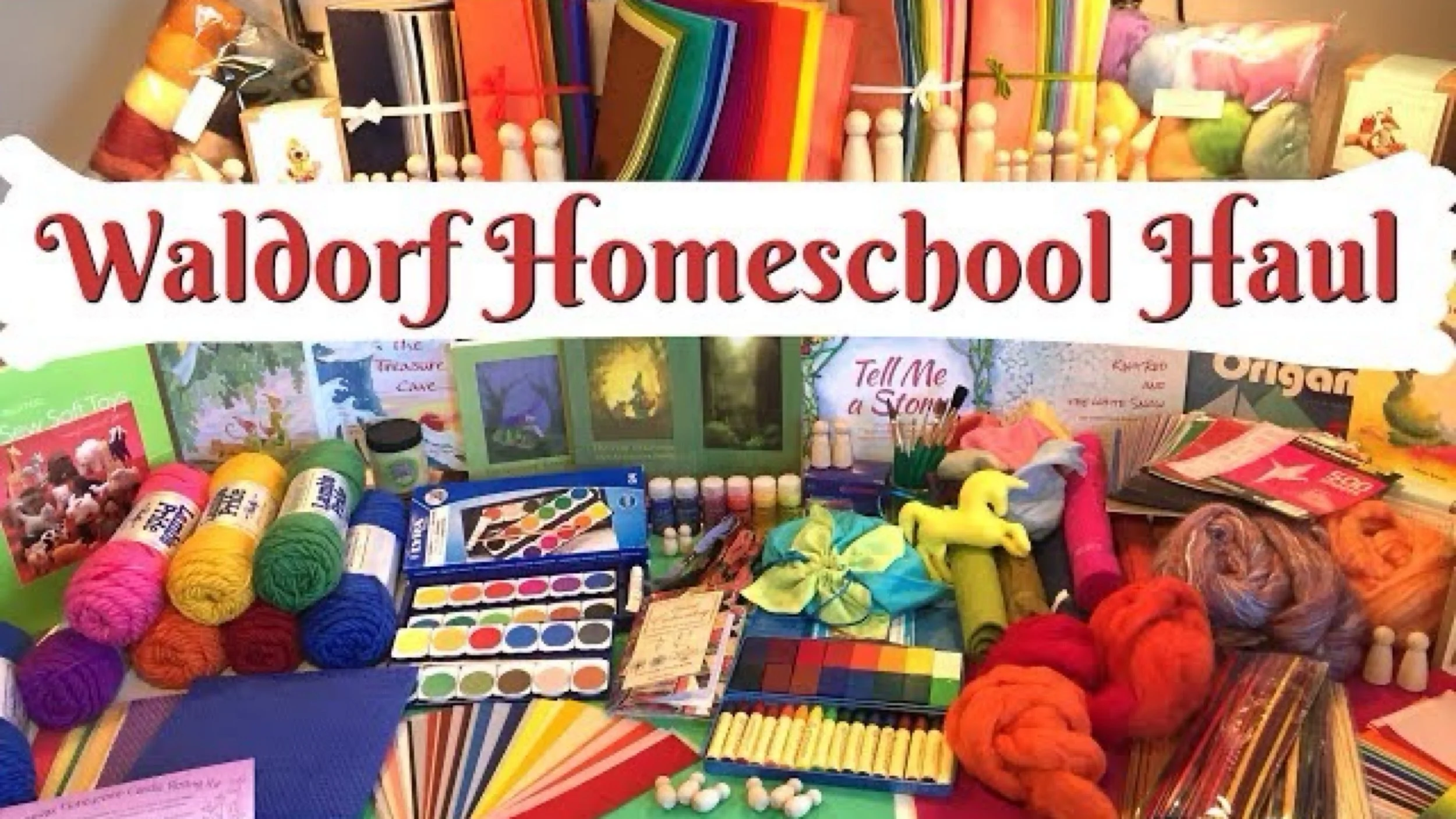
Waldorf Homeschool Haul
It's that time of the year again! I place our curriculum and homeschool orders just before school starts and again in the winter. There's no better way to brighten your school with these rich colored supplies! The wool felt our favorite go-to supply for many of the homeschool projects we do.
-
HUGE Homeschool HAUL | Curriculum & MORE
Grab a cup of coffee or hot chocolate because this is a massive curriculum haul! You won't find a curriculum haul quite like this, I promise. Curriculum for our homeschool is any material we use to enhance our homeschool experience from literature to hands-on materials.
-
Waldorf Supplies for Homeschool & Classroom
Hands down the most beautiful homeschool supplies are the ones you'll find at Waldorf suppliers. Not only are the items fairly unique to most academic settings, the colors and materials are breathtaking. You can't help but smile when you see them, and using them will make your heart sing.
-
Homeschool Supplies for Waldorf Main Lesson Blocks
This may look like a big homeschool haul but compared to my previous homeschool hauls, I call this a medium sized one. I'm purchasing items mostly for our science units. I do stock up on supplies for our handwork projects this year which will include embroidery work, knitting and wet felting.
-
New Waldorf Teacher Haul
When starting out on your Waldorf journey, you might want to begin with a Waldorf inspired curriculum if you are home educating. While I can’t say from experience how the following curricula fair, I can tell you that since 2004, we’ve been relying on Live Education! Waldorf curriculum for our needs.
Subjects, Main Lessons & Unit Studies
What subjects are with unit studies? What blocks are with main lesson blocks? And what’s the difference between the two? Below is an explanation on how many lesson blocks differ from unit studies. In our homeschool, we have utilized both approaches. As you scroll through the subjects and main lesson blocks, you will see some of them are in line with the Waldorf pedagogy while other ones are in line with my children’s interests. you can jump ahead to each of the subject areas or scroll below to learn more about the difference between main lesson block and unit studies and how each conserve your Homeschool uniquely.
Subjects, Main Lessons and Unit Studies
What subjects are with unit studies? What blocks are with main lesson blocks? And what’s the difference between the two? Below is an explanation on how many lesson blocks differ from unit studies. In our homeschool, we have utilized both approaches. As you scroll through the subjects and main lesson blocks, you will see some of them are in line with the Waldorf pedagogy while other ones are in line with my children’s interests. you can jump ahead to each of the subject areas or scroll below to learn more about the difference between main lesson block and unit studies and how each conserve your Homeschool uniquely.
Waldorf Inspired Homeschooling
-
Ruining Your Kids with Waldorf Education
“You cannot mess up your kids, but you can make mistakes”
M. Chaudhry
What a relief that you cannot mess up your children, but you can make mistakes. Well it’s not so much a relief that you can make mistakes, but mistakes are part of our human existence and when we come to terms with it, we may better navigate the fall out of mistakes by correcting them and changing our course.
-
What Happens When You’re Not Waldorf Enough
It’s possible to feel like you are not Waldorf enough when there are plenty of opportunities to see how others are applying Waldorf principles. Are you really not Waldorf enough? Maybe…but that’s okay!
-
How to Avoid BOTH Kinds of Homeschool Burnout
There’s burnout and then there’s BURNOUT. Distinguishing between the two is important so you can find viable solutions. Burnout that is associated with the change in season, the months prior to the school year ending, or with winter blues is fully manageable and curable. BURNOUT is not.
-
Untrained and Unskilled in Waldorf
What happens if you are untrained or unskilled in Waldorf education and I don’t feel capable to teach your children? This is a valid free that has a solution! It’s improbable that we are going to be skilled in all aspects of education. We have two solutions: Learn or hire out.
-
When There’s NO Time For Hands-on Projects
There’s certainly not going to be enough time to do hands-on projects and keep up with academic rigor. Or there will be time for both but not for something else. When choosing to do hands-on projects, you are choosing something that will take time, require set up, and will probably leave behind a mess to clean up.
-
How to Achieve Rhythm and Consistency in Daily Schedule
When life changes with a growing family, or a new endeavor (like homeschooling), or a move to a new neighborhood, our rhythm is disrupted and our daily schedule needs renegotiating. If you’ve never had a consistent schedule or a good rhythm that works for you, I have a couple suggestions.
-
Balancing Artistic Focus and Academic Requirements
How do you balance artistic focus and academic requirements in Waldorf education? What IS artistic focus and academic requirement? Many main lessons in a waldorf setting include written work and an artistic expression. This art isn’t an art lesson, it’s a core subject lesson with an artistic representation of the lesson.
-
Are They Compatible? | Charlotte Mason & Waldorf
The short answer is yes! The long answer is there needs to be some understanding on what can be combined and what cannot. There are some deep differences between the Waldorf and Charlotte Mason philosophy, and I will help break down some of the differences in the main lesson block versus the short varied lessons, the duration of lessons, and the use of living books versus storytelling.
-
Worried About Expensive Waldorf Supplies
Waldorf supplies are expensive. It’s hard to justify the cost of these materials when there are cheaper more accessible materials. I’m sharing my list of items worth spending money on versus items you can find alternative for. The first place I invested money in, and a product I still have today is our grade 1 curriculum by Live Education.
-
Building Confidence and Skills in Waldorf
How do you build your skills and confidence in Waldorf? The two main areas are practice and knowledge. The more you gain knowledge in the particular area you’re looking to build confidence in the more confidence you will have. And the more you practice the sharper, your skills will become, and the more confident you will be.
-
Is Waldorf Right for the Muslim Family
This introduction to Waldorf pedagogy for the Muslim family explores the origins of Waldorf education, its connection to anthroposophy, and how aspects of this educational approach can be adapted and aligned with Islamic beliefs, while acknowledging areas of fundamental difference.
-
Grade 1 Waldorf Pedagogy for the Muslim Family
Can the Waldorf pedagogy be adapted for Muslim families?I share how I brought stories to suit our family’s religious and cultural needs, while still maintaining the essence of Waldorf education. We start grade 1 at about age 7 when formal education begins. In grade 1, the subjects you are likely to find are form drawing, the letters of the alphabet, the numbers, nature study, the recorder, foreign language, eurythmy, games, and handwork.

